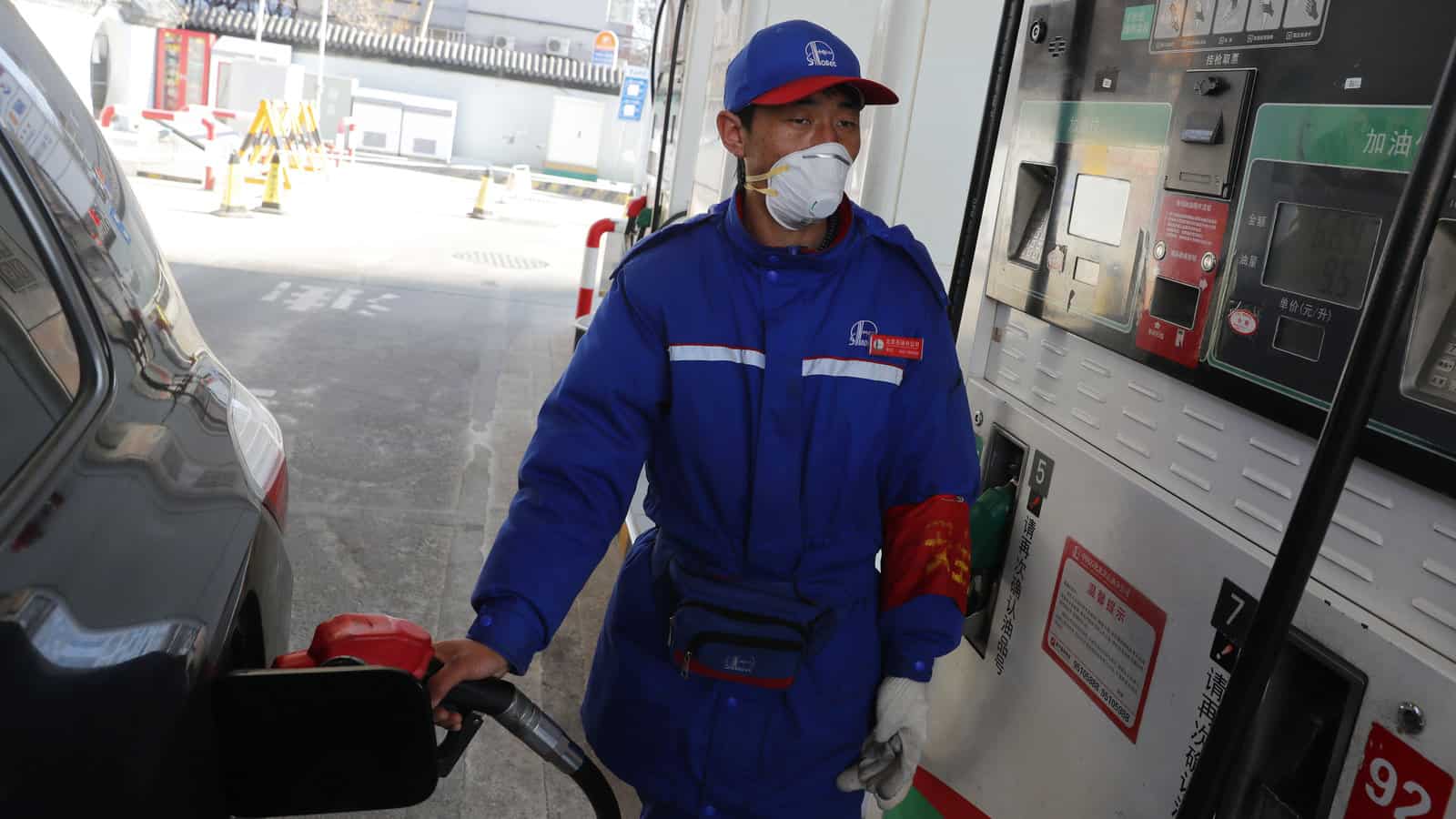China has played a significant role in supporting global oil demand recovery in recent months by importing its highest-on-record crude volumes since May. Customs import data from the world’s top oil importer continue to show strong arrivals of crude as ports and customs continue to process cargoes that have waited for weeks to discharge.
However, with demand recovery in the rest of Asia still wobbling and refining margins in the region still depressed, the oil market and oil analysts have one primary concern about demand on their minds. How long can China support the fragile global oil market, when backlogged cargoes are finally processed and demand outside China is still weak, with the outlook getting weaker as the second wave of coronavirus infections is sweeping across major developed economies?
Over the past five months, China’s crude oil imports haven’t fallen below 11 million barrels per day (bpd), with June arrivals of 12.9 million bpd smashing the previous record from May by more than 1.5 million bpd.
The key reason for the record level of Chinese imports over the spring and summer was the buying spree of China’s refiners in March and April when oil prices crashed and hit the lowest in more than 15 years at the end of April. State and independent refiners rushed to stock up on dirt-cheap oil loading in the spring, which started to show up in Chinese imports as early as in May.
The Chinese recovery from the pandemic supported the global demand recovery early in the summer, while arrivals of cheap cargoes purchased in the spring continued to give the oil market hopes later in the summer when demand recovery elsewhere started to falter with the second wave of COVID-19.
China’s ports were so congested with cargoes that tankers had to wait for weeks to discharge the crude, which then clears customs and is shown in the customs import figures.
Port congestions have started to ease in recent weeks, however, suggesting that Chinese imports are on the road to return to ‘normal’ levels in the coming months.
“After growing for five consecutive months, floating storage in China fell for the first time, indicating that port congestion has started to ease,” OilX’s oil analysts Juan Carlos Rodriguez and Valantis Markogiannakis wrote in a report earlier this month.
China’s oil imports continue to grow compared with previous years, but they are easing off the record-highs seen this summer.
But what will happen once the backlogged cargoes are processed? Can the world’s largest oil importer continue to support oil demand recovery when major economies in Europe are back again under tougher restrictions on social gatherings? Will Chinese refiners have an incentive to process more crude when fuel demand in the rest of Asia is still weak?
According to Refinitiv Oil Research, reported by Reuters’ columnist Clyde Russell, China’s October oil imports will likely see the last effect of the backlogged cargoes, with some 635,800 bpd estimated to have been delayed from September to October.
After that, it’s anyone’s guess how much oil China would import at what could be the normal levels.
Some independent refiners, the so-called teapots, have reportedly already used up their government-allocated import quotas for 2020, and could be inactive on the market for the rest of the year.
On a bullish note, a large private refiner is said to be stocking up on millions of barrels of crude from the Middle East in preparations for trial runs at a new refinery, helping to absorb some of the crude oil from the Middle East amid an otherwise depressed market with stalled demand recovery.
The market could probably be fairly certain that Chinese oil imports in the coming months are unlikely to beat the records from earlier this year.
Yet, the unclear outlook about China’s import volumes in the fourth quarter adds another uncertainty for the oil market to deal with until the end of 2020, on top of the increasingly uncertain outlook about demand recovery and supply growth from Libya.

